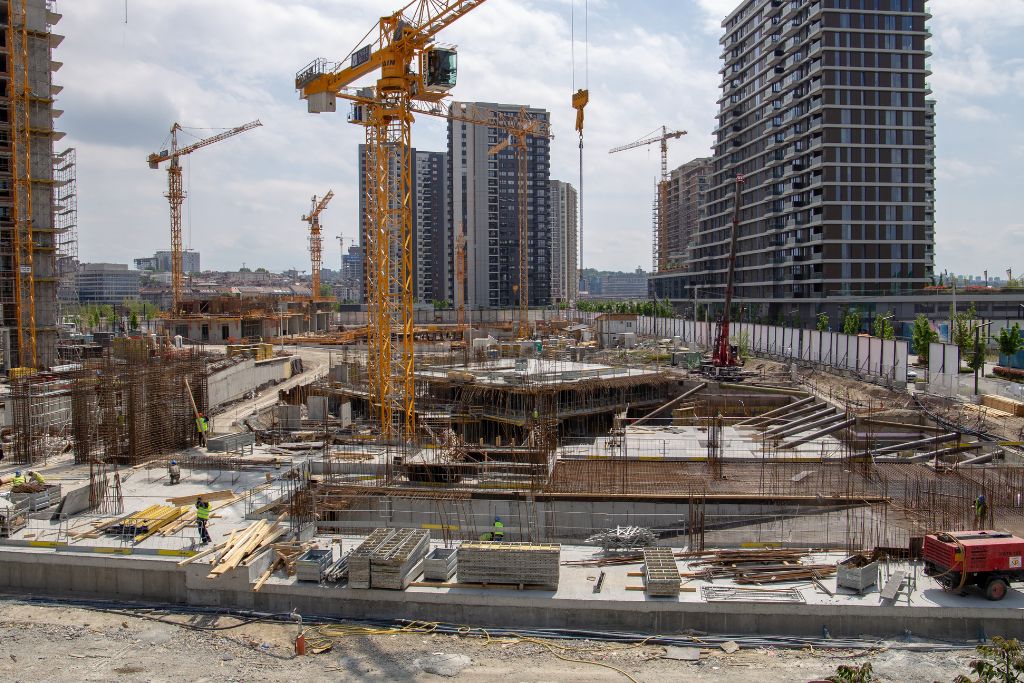
Creating an aesthetically pleasing playground involves incorporating the natural world into your playground design. This will help you create an environment that is both natural and stimulating, and a place where children can develop a sense of play and independence. However, there are also some drawbacks to creating a playground like this.
Modern-industrial-simple
There are some industrial design trends that you should be aware of whether you are constructing a new home or remodeling your existing residence. These may not be for everyone, but they are great if you are looking for a modern and chic touch for your home.
The brick wall is one of the most important parts of the design of an industrial-style home. Exposed bricks are a nice nod to the past, and can be used to tell a story. They are also an easy way to add some industrial flair.

Modern industrial-style home features two floors and a large outdoor garage that is big enough for two cars. The interior is a minimalist take on old-school industrial style, with metal accents and wood that has been worn down. It’s a nice touch to use neutral colors to make the most of the available space.
Site-specific
During the mid-20th century, Dutch architect Aldo van Eyck designed more than 700 site-specific playgrounds in Amsterdam. These playgrounds are known for their aesthetic appeal. They were designed to foster the creativity of children while at the same time introducing them to the concepts of art and nature.
In addition to creating playgrounds, van Eyck also designed elementary forms organized around geometry. For example, children’s jumping stones are arranged in irregular patterns. In addition, the rim of the sandpit is used as a climbing surface.

In addition, van Eyck’s playgrounds also use abandoned sites. Hundreds of these playgrounds were built after World War II. The designs were based on an ecological approach to human habitat. The playgrounds were also designed to make children feel free and open.
Incorporating the natural world
No matter if you are building a fancy mansion or a simple retreat, there are many ways to make the natural world a part of an aesthetically pleasing playground. The best part is that the process is both aesthetically rewarding and environmentally friendly. In addition to natural materials like granite, stone, marble, and wrought iron, you could also use a humidifier, LED lighting, and other technologies to improve your indoors and outdoors.

This type of indoor-outdoor design can be the centerpiece of any discerning gardener’s heart. It’s also a good way to improve your mood and reduce stress levels. If you’re on the hunt for inspiration, consider a visit to the Humble Administrator’s Garden in Ryan-Ji, China. For more on the best ways to meld the natural world into your home, check out these tips and tricks.
Drawbacks of van Eyck’s play elements
Among the most important achievements of Jan van, Eyck was his innovative use of translucent glazes. This technique gave the impression of realism by giving the image depth, richness, and brightness. Van Eyck also used thin layers of translucent glazes to highlight the different textures of the surface. Many renaissance painters employed this technique.
The use of translucent glazes also helped to set the right tone for the picture. Van Eyck also blended colors using this technique. He achieved this by using oils to bind powdered pigments. His expertise in painting also allowed him to render effects of light that were never seen before. His proficiency in painting was unsurpassed by many other scholars.

Van Eyck’s techniques also include a wet-on-wet technique. This technique gave the illusion of depth, creating a three-dimensional effect. His technique also showed the reflection of light on different surfaces.